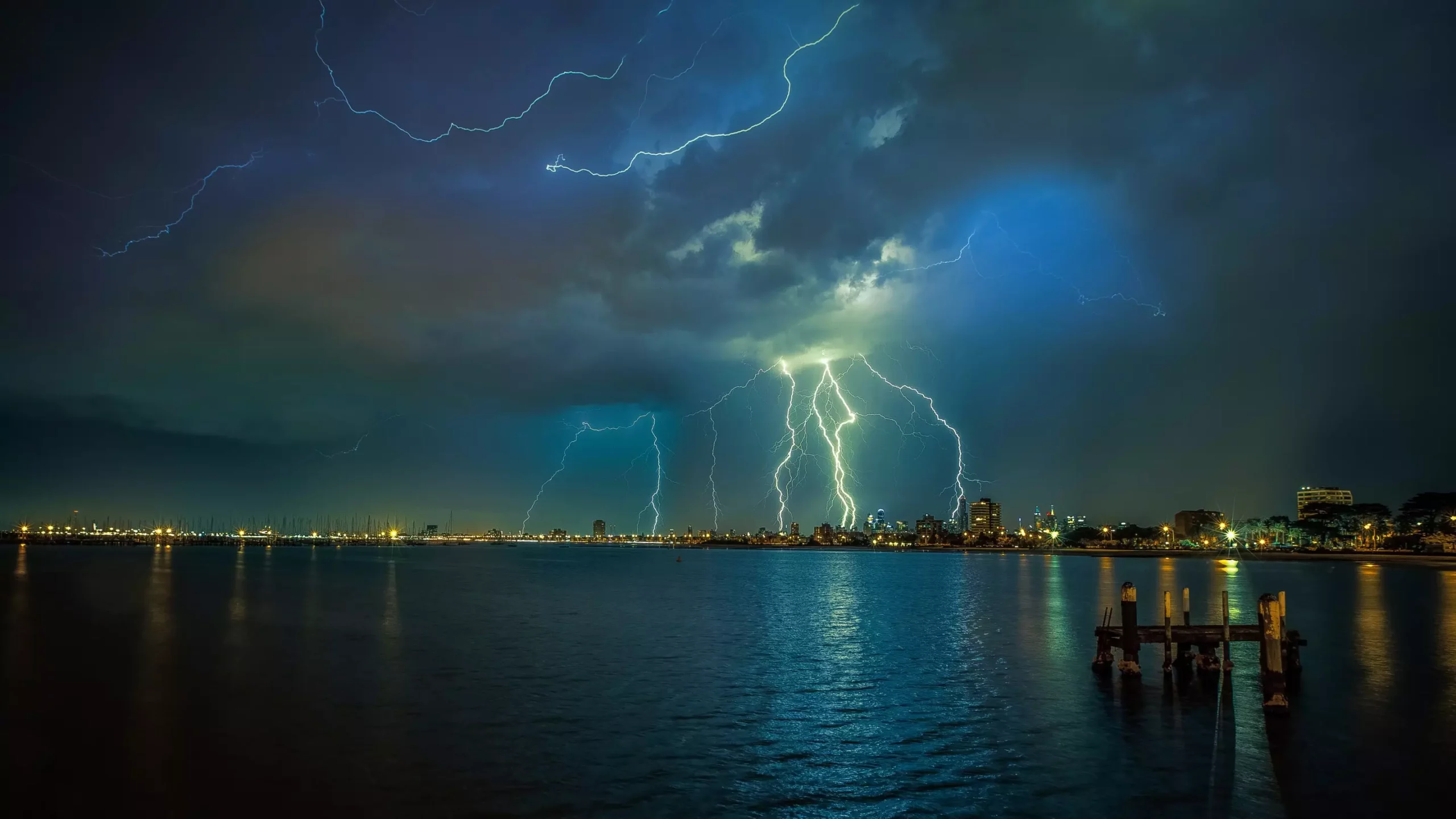Recent investigations reveal alarming connections between air pollution and the intensification of thunderstorms, particularly during the summer months. A study led by researchers from James Madison University, recently published in the journal *Atmospheric Research*, sheds light on this issue. By focusing on nearly half a million thunderstorms across two metropolitan areas—Washington, D.C., and Kansas City—the researchers have highlighted how urban pollution contributes to increased lightning activity. This linkage raises concerns not only for environmental health but also for public safety and infrastructure.
Mace Bentley, a geography professor at JMU and the lead researcher, elucidates how air pollution exacerbates thunderstorm dynamics. The study suggests that pollutants act as cloud condensation nuclei, which enhance cloud formation processes. When pollutants are drawn into storm clouds through updrafts, they separate into distinct charges due to the mixing of saturated air. This charge separation significantly increases the likelihood of cloud-to-ground lightning, thereby amplifying the intensity of thunderstorms.
This phenomenon was documented through the analysis of extensive data sets—more than 200,000 thunderstorms in the D.C. area and over 300,000 in Kansas City. By combining 12 years of lightning data from the National Lightning Detection Network with air quality measurements from various stations, Bentley and his team exhibited a clear correlation: as pollution levels rise, so does the frequency of lightning during high-instability atmospheric conditions.
What’s particularly concerning is the universal applicability of these findings. Bentley’s ongoing research in Bangkok—a megacity known for its severe pollution—affirms similar trends, with even higher incidences of lightning associated with its tropical climate. This evidence suggests that urban pollution is not merely a localized issue; wherever urban development leads to poor air quality, the potential for enhanced thunderstorm activity grows.
The implications of this research reach far beyond meteorology. As climate change continues to alter weather patterns, the interaction between human activity and natural phenomena demands urgent attention. Cities that grapple with elevated pollution levels must increasingly prepare for the consequences—more frequent and intense storms that can escalate into destructive weather events.
In light of such findings, it becomes imperative for policymakers, urban planners, and communities to address the root causes of urban pollution. Effective strategies may include implementing stricter air quality regulations, investing in green infrastructure, and promoting cleaner modes of transportation. By taking proactive steps to mitigate pollution, cities not only enhance the quality of life for their residents but also potentially stabilize weather patterns that have far-reaching consequences.
As urban centers expand and pollution persists, recognizing the connection between air quality and severe weather outcomes is crucial. Addressing these environmental issues while preparing for their potential impacts on everyday life is essential for fostering resilient communities in the face of climate change.


Leave a Reply